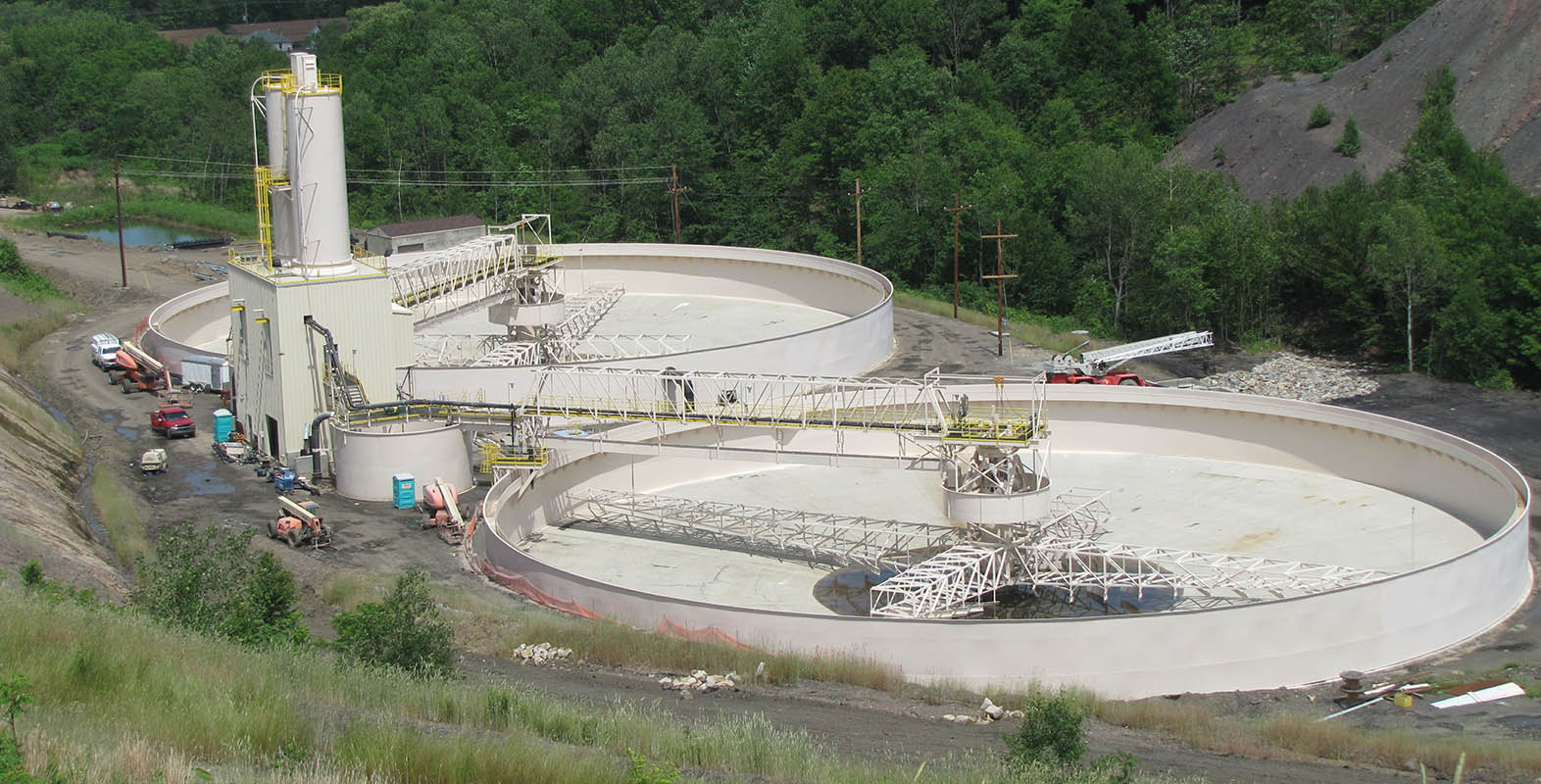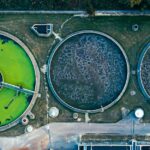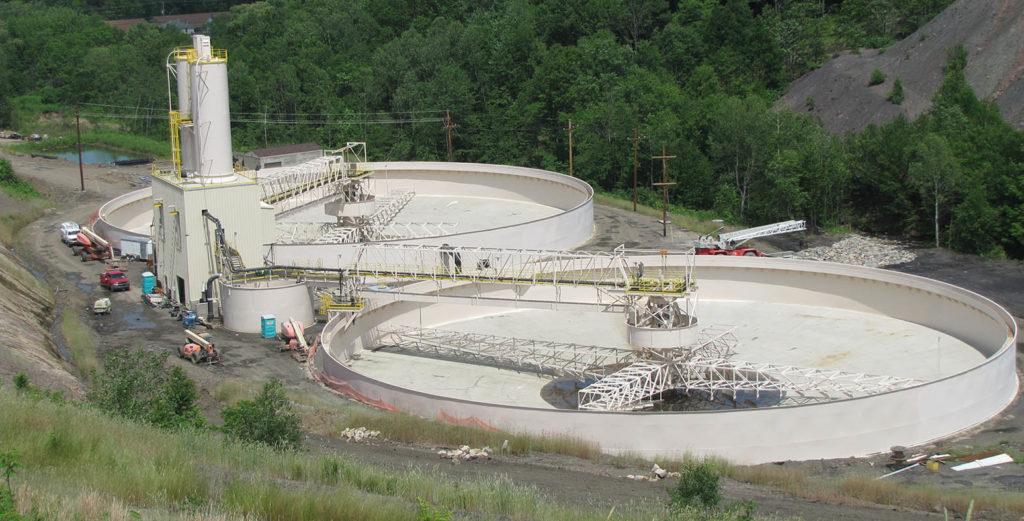
Conditioning & Mixing Tank Agitators – Mining & Mineral Processing
In the dynamic realm of mining and mineral processing, the

The treatment of mining effluents presents many challenges. Traditional methods have relied on the addition of lime to neutralize acidic effluents and precipitate heavy metals. These methods produced low density sludges between 2 to 5 percent solids. At this density, thickening, pressing, and filtering proved difficult. High density sludge mixers allow for drastic improvements to this process.
Today, high density sludge processes improve the handling of sludge and the quality of effluents. Dynamix engineers design high density sludge mixers for the mixing and agitation steps required in these processes. Through our GMX and NMX lines, we provide high density sludge mixers at any scale.
High density sludge processes begin with blending mining effluent, lime, and recycled sludge from the end of the process. This neutralization step occurs prior to the sludge entering the main lime reactors. Here, the sludge undergoes vigorous agitation and often aeration.
The sludge then proceeds to flocculation, where precipitated metal hydroxides agglomerate into flocs. The final step is clarification, where contaminant flocs and other solids subsequently settle to form high density sludge.
The neutralization, main lime reactor, and flocculation tanks each present unique mixing requirements. Dynamix designs high density sludge mixers optimized for each step of this process, using our long experience in both the mining and wastewater treatment industries.
During neutralization, the primary challenge is preventing sludge accumulation. Sludge accumulates on the bottom and sides of the tank. This accumulation will eventually fill the entire volume outside the active mixing area of the tank.
Dynamix employs large diameter impellers to maximize the area of influence in order to minimize accumulation. Optimizing solids suspension and energy use is a complex challenge that Dynamix meets with the latest computerized fluid dynamics analyses.
High density sludge mixers in the main lime reactors provide violent agitation. This encourages metal precipitation and the formation of microflocs ahead of flocculation. Steep pitch impellers provide the high shear necessary for this flash mixing. Aeration during this step can serve to stabilize sludges rich in iron by oxidizing ferrous iron to the more stable ferric iron.
During flocculation, the essential requirements are the formation of flocs while maintaining solids suspension. High-shear mixing would break up macroflocs as they form. Dynamix achieves the necessary low shear mixing by applying a low-RPM, high-torque solution.
With our Dynaflow™ impellers, this configuration provides significant axial flow while maintaining low-shear. In order to maximize floc agglomeration, axial pumping keeps flocs in suspensions without breaking them up.
Ensuring proper flocculation is key to clarification. Inadequate macrofloc formation allows contaminants to leave with the effluent. Metals escape with wastewater instead of being sequestered in the sludge. Poorly optimized high density sludge mixers can lead to fines and other action when effluents fail to meet metal contamination requirements.
The engineers at Dynamix provide solutions for all stages of mining and refining processes. We design high density sludges mixers for mining applications and other industries with metal-contaminated wastewaters. Our team can prepare mixers with optimal impeller, drive, and gear configurations for your process. Contact Dynamix today with any questions or to request a quote.

In the dynamic realm of mining and mineral processing, the

Mining operations are essential for meeting the world’s resource needs, yet they

Water treatment is a complex yet vital process that ensures
Subscribe to our newsletter for helpful technical publications and industry announcements.

This website uses cookies to ensure you get the best experience on our website